Breast surgeon Mary Ellen Greco, MD, FACS, and Physician Assistant Kristen McNeil bring expertise and a personal touch to Oneida Health’s new breast care subspecialty.

Mary Ellen Greco, MD, FACS, and Kristen McNeil, PA-C joined Oneida Health in February after working together for the last five years in Syracuse. Their arrival launched the new Oneida Health Breast Care service line.
Both from Central New York, the pair says it was a natural next step for them to bring high-quality, comprehensive breast care to a community setting.
Together, Dr. Greco and McNeil provide the complete spectrum of breast care including abnormal imaging findings, known diagnoses of breast cancer, screening for patients with a strong family history of breast cancer, patient-related complaints of a self-detected lump, in-office ultrasound-guided biopsies, surgery, genetic counseling and testing, and benign conditions of the breast.
Built on Experience
A graduate of the SUNY Science Center at Syracuse and fellowship trained in trauma and surgical critical care at the University of Maryland Medical System, Dr. Greco brings over 20 years of medical and surgical breast care experience to Oneida Health. She says at the time she finished her surgical training, there was no breast care specialty.
“As the only female surgeon in the practice, I ended up seeing our breast patients because the patients felt more comfortable with me,” she says. The end result was a career with a sole focus on breast care which Dr. Greco calls both exciting and rewarding.
McNeil spent two years in urgent care and 12 years in family medicine before working with Dr. Greco at her Syracuse office.
“Breast care is a subspecialty that became very important to me,” says McNeil, having lost a close friend to metastatic breast cancer at 31 years old. “It’s my goal to provide patients the piece that [my friend] felt was missing from her care.”
Personalized Care
Patients from Oneida and Rome were being referred to their practice in Syracuse, so it made sense to bring care closer to them.
“Here at Oneida, we have all of the technology and pieces of the puzzle to provide the highest quality of personalized care to our patients,” Dr. Greco says.
Plus, many patients prefer going to Oneida because of the convenience or proximity to family members who can provide support. Continuity of care is the key, says Dr. Greco, noting that she has had some patients for 20 years no matter where her practice is located.
Other members of Dr. Greco’s staff have been with her for 10 years or more and that consistency is important for patients.

Mary Ellen Greco, MD, FACS
“A lot of what we do isn’t surgical — it’s care, education, follow-up and reassurance,” Dr. Greco says. “It makes patients very happy to have consistent people be a part of their health care.”
An essential part of providing personalized care is Oneida Health’s certified nurse navigator, Linda Lyon, CN-BN.
“With a breast cancer diagnosis, we are just one pillar of a patient’s complete care,” McNeil says. “The nurse navigator is critical in holding a patient’s hand every step of the way.”
Lyon helps patients get the necessary support they need, whether it’s financial assistance, transportation, access to social workers or supplemental care. “The nurse navigator is the key to keeping the whole system moving effectively,” Dr. Greco says.
Network of Support
When surgery is required, Dr. Greco’s patients have the advantage of receiving all pre- and post-operative care from Roswell Park, an awarding-winning hospital in Oneida. When other treatment options are needed, patients don’t have to go far.
As a member of the Roswell Park Care Network, Oneida Health Breast Care patients have access to the latest developments in cancer treatment if they require medical or radiation oncology.
“We are very happy to be affiliated with Roswell Park and to collaborate with them in caring for our patients,” Dr. Greco says.
Roswell Park’s expertise can be accessed by Oneida patients quickly and easily, either by on-site providers or by using telemedicine if necessary, eliminating the need to travel to Buffalo in nearly all cases.
The Oneida Health Gorman Imaging Center is essential to breast care in Oneida as well. Patients have access to robust imaging right on campus, such as 3D tomosynthesis, screening sonogram, 3 Tesla MRI, and an advanced PET CT. Dr. Greco and McNeil coordinate biopsies with the Gorman Imaging Center, if it is not something they can do in the office.
According to McNeil, providing convenient access to regular screenings is an essential part of providing comprehensive care.

Kristen A. McNeil, PA-C
“Having convenient access to a facility like Gorman Imaging is really important, so patients can easily get their annual mammograms,” she says.
Dr. Greco agrees and adds, “There are people who are motivated now to get their care because they can go to Oneida. All patients want to have their care close to home.”
A Rapidly Changing Field
Collaborating with other physicians and staying up to date with the latest techniques is essential to providing patients with the best possible care. Breast care is one of the most rapidly changing subspecialties of surgery and medicine, which Dr. Greco finds exciting.
“More than ever, women are very invested in their own health care,” she says. “They come pre-educated with questions and have discussed options with their friends and family. Our team takes great pride in not only discussing their concerns but sharing with them the advanced treatment options, many available right here in Oneida.”
Dr. Greco uses advanced surgical practices such as oncoplastic closure for more cosmetic healing, and sentinel lymph node biopsy after neoadjuvant chemotherapy, to help reduce lymphedema complications. She is hoping to soon have plastic surgery available at Oneida Health to do simultaneous mastectomies and reconstruction, eliminating the need for patients to travel.
New Developments
“In order to be a specialist, you have to stay on top of all of those changes and be aware of the most current recommendations and standards of care,” Dr. Greco says.
She and McNeil work closely with medical oncology and radiation oncology to for treatment planning, as chemotherapy and radiation therapy indications continue to change and evolve.
Determining which patients qualify for genetic testing is changing too. Anyone with a history of breast cancer is now eligible for genetic testing, a change from what was recommended three years ago.
“We are happy to see those patients, counsel them and test them,” Dr. Greco says.

Oneida Health Breast Care Staff: Jayme Lohr, Dawn Leduc LPN, Karisa Zuke, Linda Lyon RN, Kim Sabatino LPN, Mary Ellen Greco, MD, FACS, and Kristen McNeil, PA-C



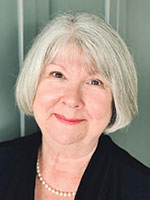



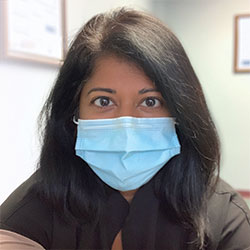
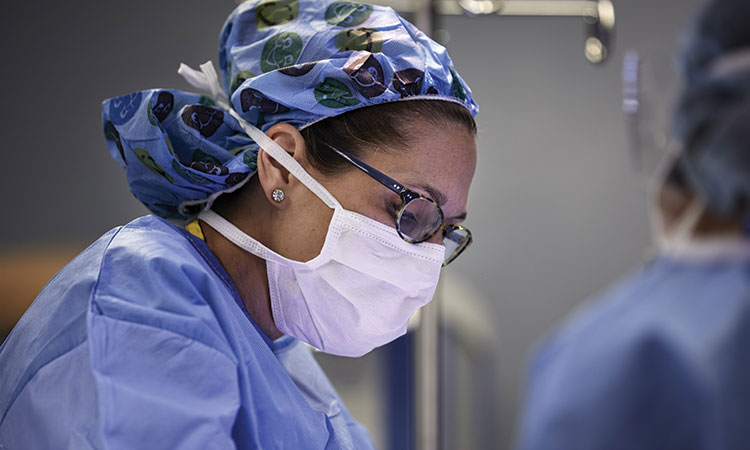
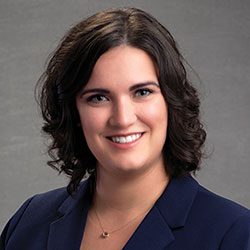
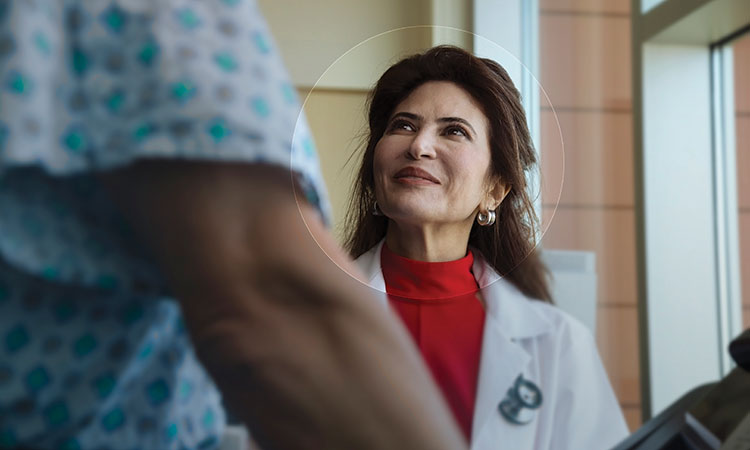


 discussed our careers, I listened to issues that I had not encountered. When the evening was over, I left asking myself how I could use my position and advantage to open more doors and help advance the careers of diverse women. That was a lesson I wished I had learned earlier in my career.
discussed our careers, I listened to issues that I had not encountered. When the evening was over, I left asking myself how I could use my position and advantage to open more doors and help advance the careers of diverse women. That was a lesson I wished I had learned earlier in my career.







